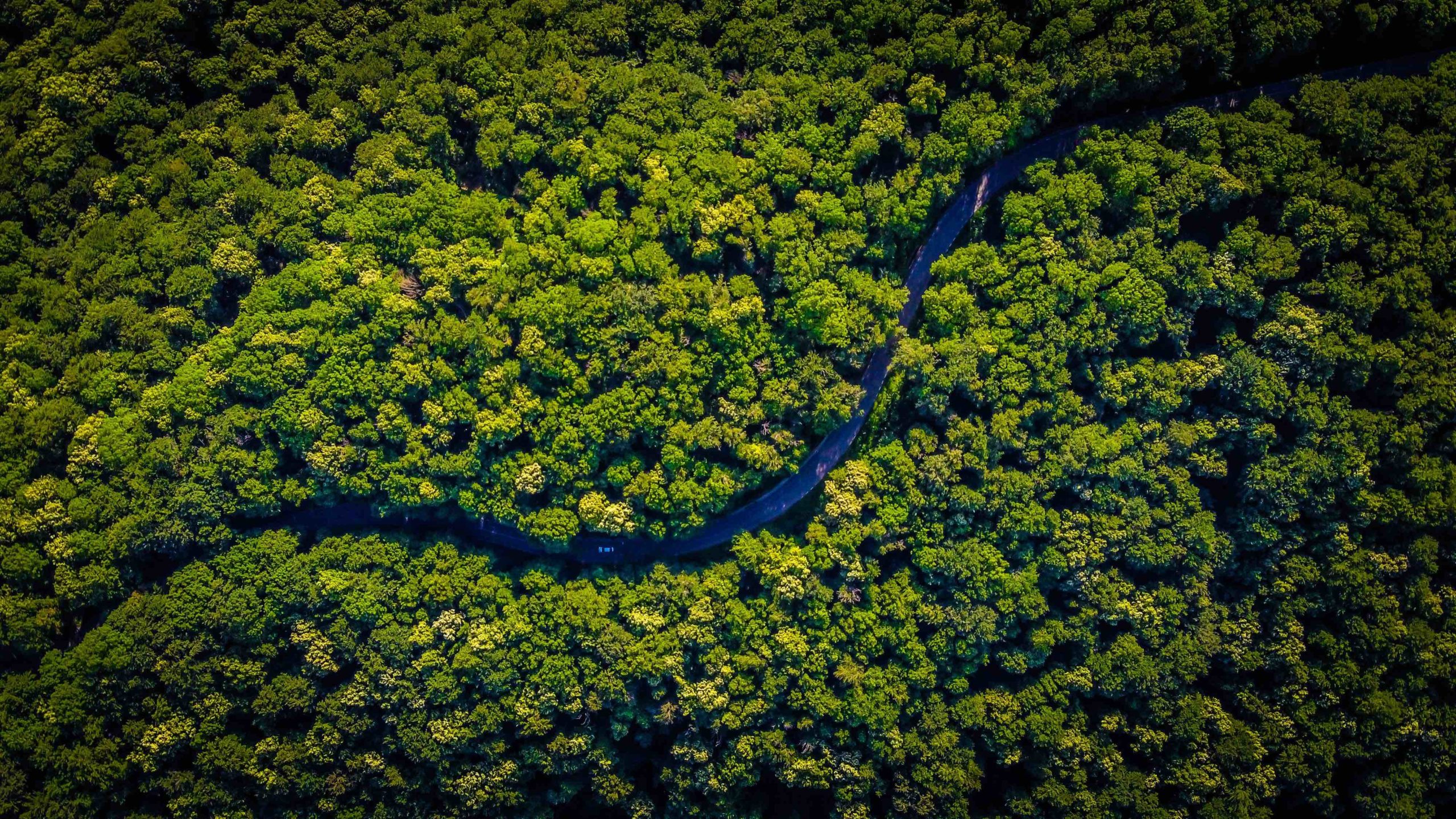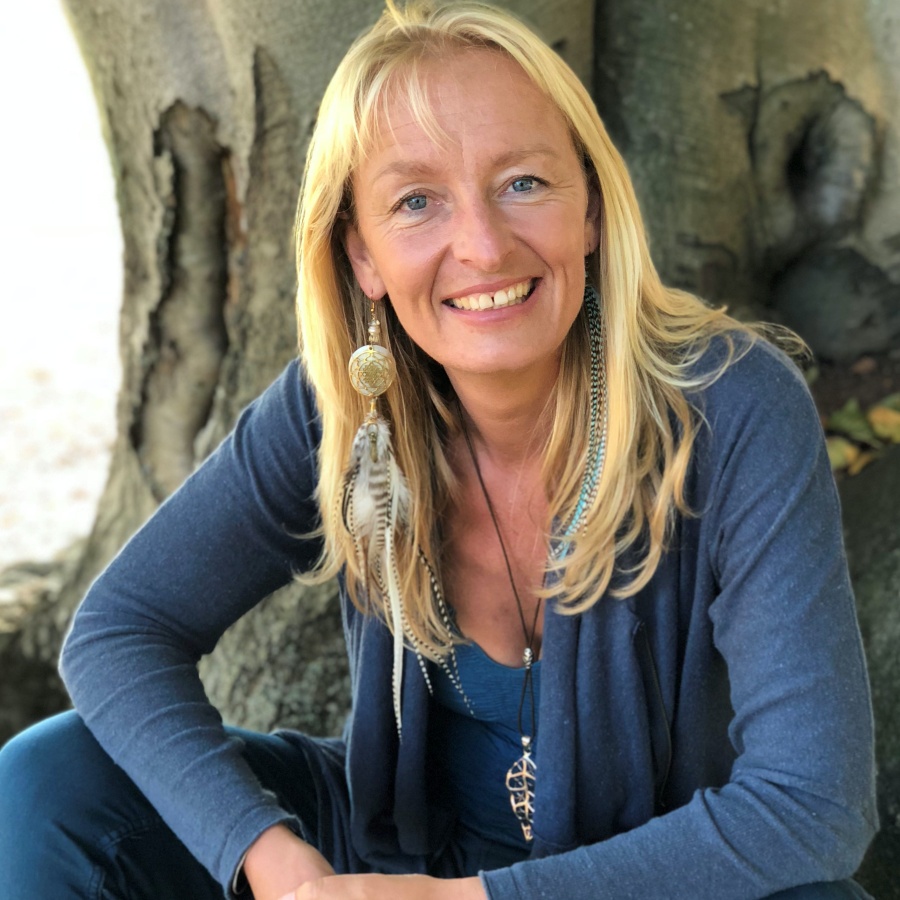Without trees, 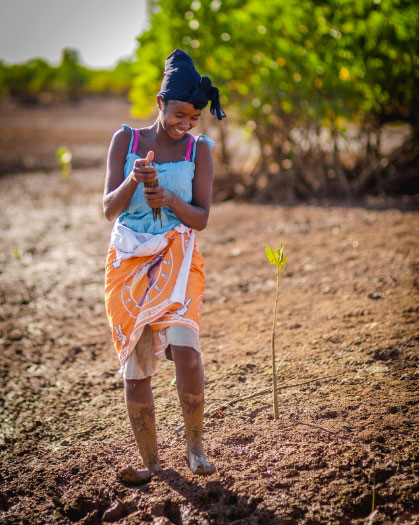 vibrant ecosystems collapse, soil becomes infertile and climate change worsens. Since 1990, the UN estimates that 420 million hectares of forest have been lost. But with reforestation, we still have hope. TreeSisters, founded by Clare Dubois, is a women-led reforestation organization that has to date planted 13 million trees across 10 tropical ecosystems. They fund ethical, community-based planting projects that expand natural forest cover and reduce deforestation in Brazil, Cameroon, Nepal, India, Kenya, Mozambique, West Papua, Madagascar and Borneo. They also empower women to step into their feminine, nature-based leadership and shift from a consumer species to a restorer species. TreeSisters’ mission is to make it as normal for everyone “to give back to nature as it currently is to take nature for granted.” —Jane Ratcliffe
vibrant ecosystems collapse, soil becomes infertile and climate change worsens. Since 1990, the UN estimates that 420 million hectares of forest have been lost. But with reforestation, we still have hope. TreeSisters, founded by Clare Dubois, is a women-led reforestation organization that has to date planted 13 million trees across 10 tropical ecosystems. They fund ethical, community-based planting projects that expand natural forest cover and reduce deforestation in Brazil, Cameroon, Nepal, India, Kenya, Mozambique, West Papua, Madagascar and Borneo. They also empower women to step into their feminine, nature-based leadership and shift from a consumer species to a restorer species. TreeSisters’ mission is to make it as normal for everyone “to give back to nature as it currently is to take nature for granted.” —Jane Ratcliffe
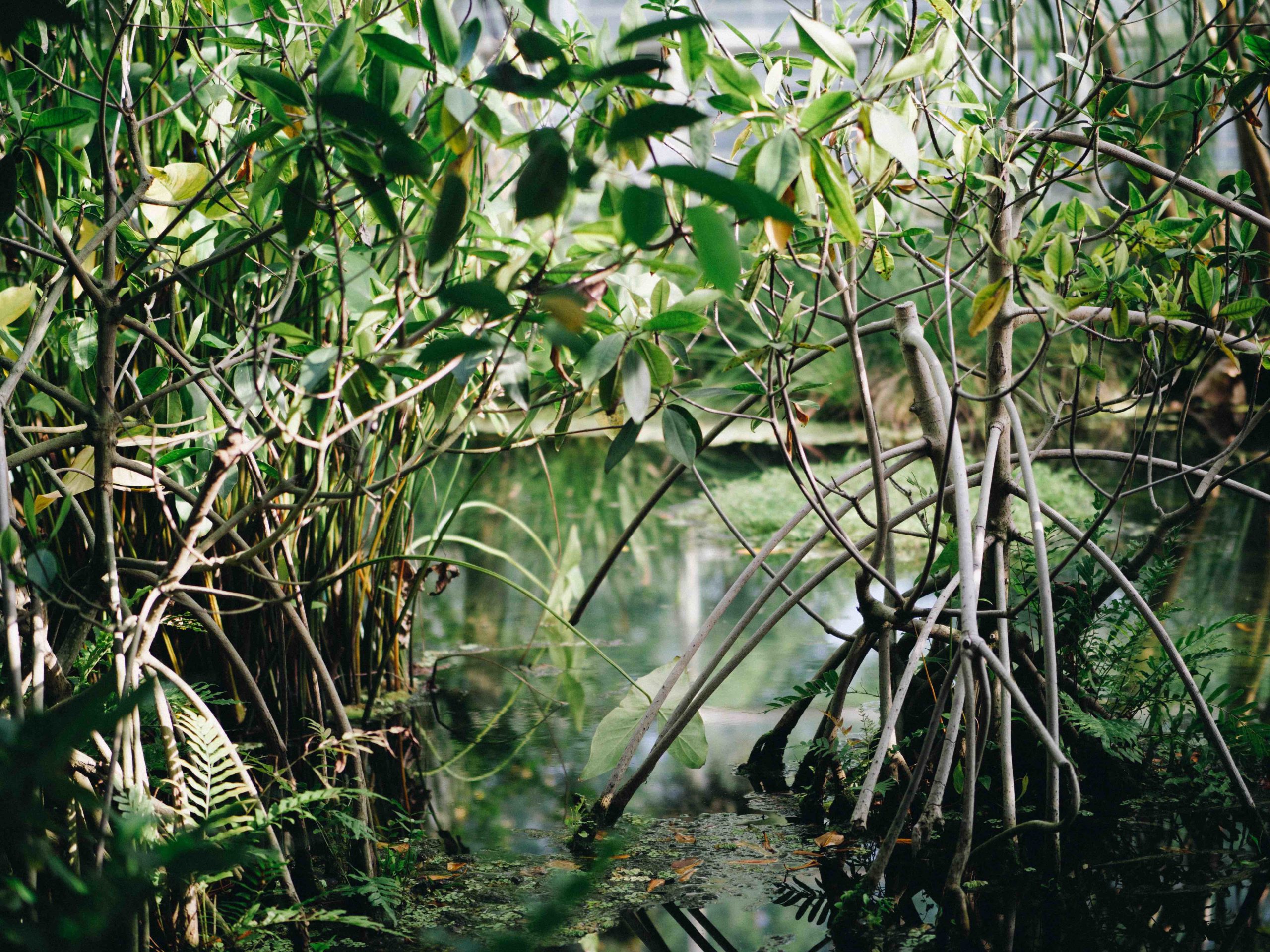
Photo by Maxwell Ridgeway
How did you first become interested in rainforest restoration?
On New Year’s Eve 2001, I was at a dance workshop during which I was asked to perform a theatrical piece called The Rape of the Earth within which I played the Earth. I was dressed in about seven layers of clothing and was sitting on a makeshift throne handing out cups of tea while my fellow actors stripped me, deforested me, mined me, overfished me and ultimately left me naked and screaming on the floor. Lying there while everyone tried to figure out how to deal with a dead planet, I realized that we only had one chance and that I was staring it straight in the face. 10 years prior, I had started having nightmares about no more clouds, which—as a British person intimately acquainted with rain—was a terrifying prospect! At the end of the theater performance, there was a present giving ceremony to signal the New Year and I was handed a little square package that contained a small blue book with one white cloud on the front, and inside the cloud it said “you can change the world.” That was the single most defining moment of my life. I started crying hysterically. A battle began between my heart and my ego that involved my love and longing to do something for the world being battered and bashed by the parts of me that believed I had nothing to give, would never succeed at anything and would be a laughingstock if I tried.
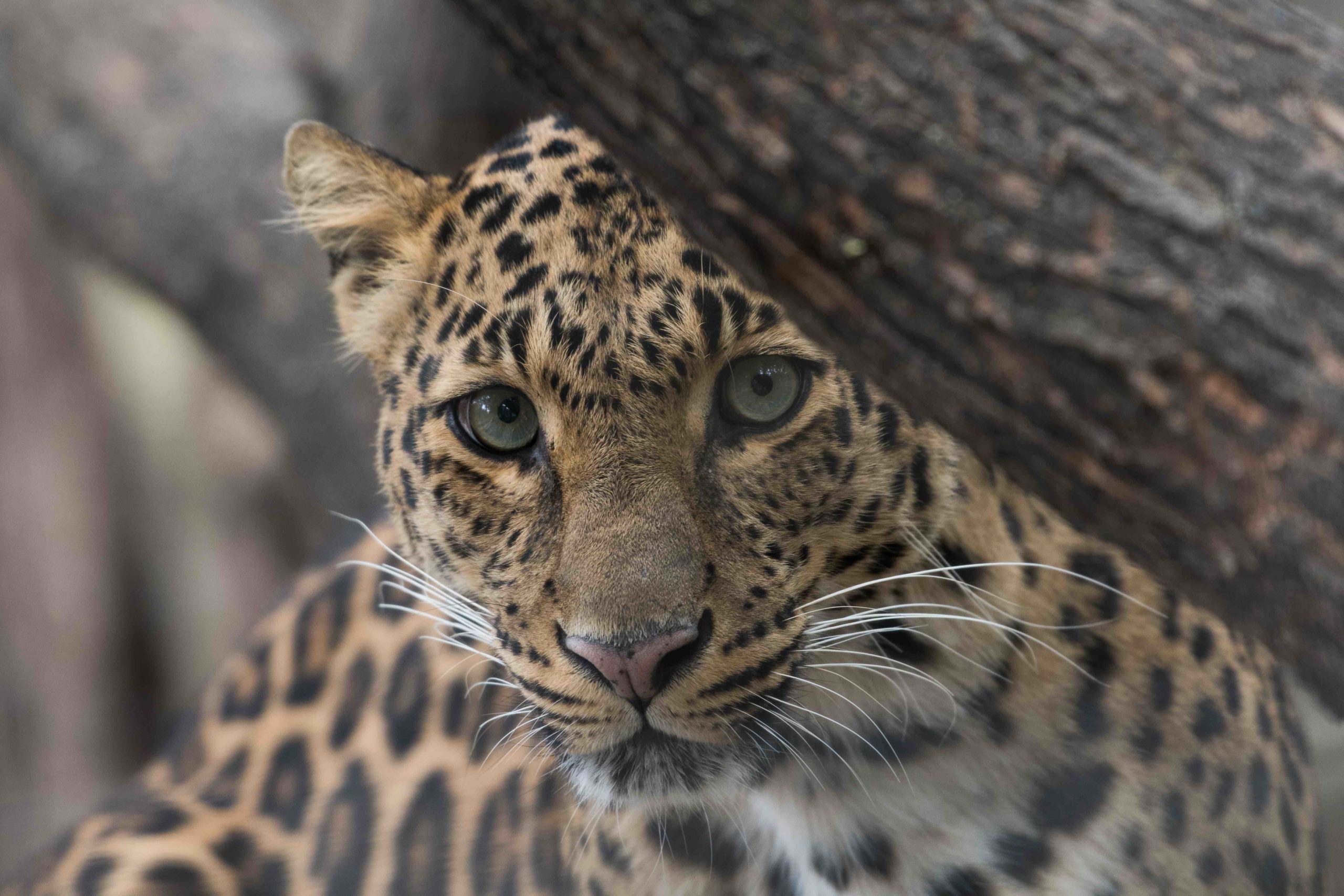
Photo by Uriel Soberanes
After an hour of scouring the territories of human fear, my heart won and my life was dedicated completely to the restoration of nature. In 2006, I became the UK coordinator for a massive agroforestry initiative in southern Indiana called Project GreenHands through which we tried to plant 114 million trees to reverse the desertification of Tamil Nadu. I was en route to a communications team in London when my car skidded on ice and a tree stopped me from going over an edge. At the moment of impact, there was a blinding flash of white light inside the car and two words hanging in it: ‘The Experiment.’ A voice started talking to me: “Humanity is running out of time but it’s not over yet. The greatest threat facing humanity is your fear of failure, but you can get over fear of failure by calling everything you do an experiment because you cannot fail an experiment; you can only learn.” When I asked what the experiment was, back came, “You have to reforest the tropics within 10 years.”
That voice gave me the purpose of TreeSisters, its name, its reason for being, and its overarching purpose in the world. Nothing about this project was ever my idea.
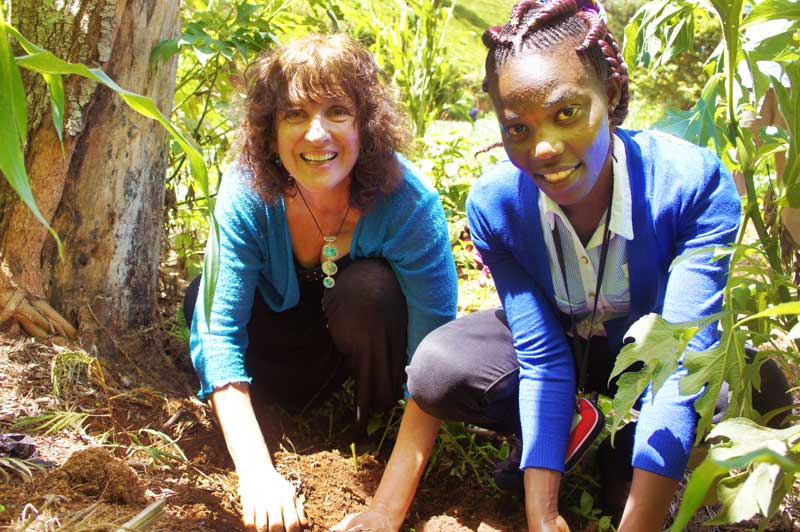
How do local communities respond to your work?
The communities where we plant have chosen to work with our planting partners because they understand that the ecological restoration of the landscape directly benefits and strengthens the whole system, from the non-human to human. There are many different ways of using trees to both rehabilitate land and change the socioeconomic status of a community. In all cases, working with the trees provides some form of income (mostly wages), but there is also the added benefit provided from the trees themselves.
For instance, restoring the coastal mangrove forests of Madagascar or Mozambique replenishes fish stocks which reduces poverty and malnutrition. Replenishing the mountain forests in Kenya or Cameroon, replenishes the streams and rivers upon which agriculture depends. Agroforestry projects bring trees into agriculture to aid in soil fertility, provide medicinal or food crops, and provide shade for livestock and firewood. The Borneo project we support swaps forest protection and restoration for health care where communities bought into the scheme exactly because they want to regenerate the forest that they know represents their long-term wellbeing. In all cases, the communities are actively engaged because of the multiple benefits that forest restoration provides for them. The forest is not being grown to dominate or detract from their livelihoods, but to compliment and augment them.
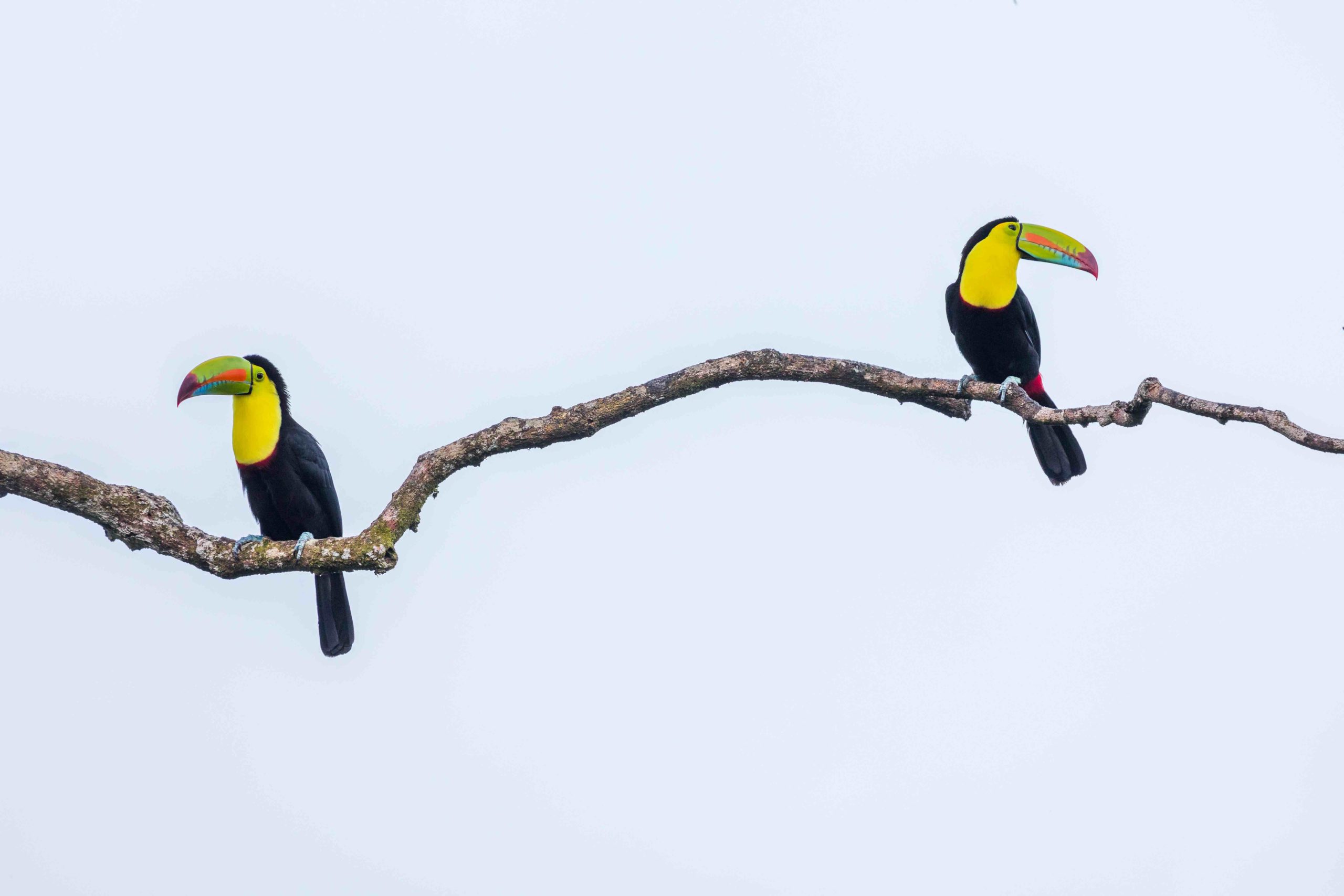
Photo by Zdenek Machacek
What challenges do you face with this work?
The biggest challenge we face is the dissociated consciousness that has taken root in our world. Indigenous culture understands that being part of a living world—not superior to or dominant over, but in an intimate relationship with and belonging to the very fabric of life. Dissociated consciousness experiences itself as separate, and as such it can do untold damage to the life-support systems that it is completely dependent upon. The patriarchal worldview sees nature (and others) as resources to be used up instead of as intricately interconnected living systems that determine our weather, food, water and global health. Forests are viewed as standing timber, resources yet to be plundered for the highest bidder or ‘in the way’ of infrastructure development. If the world understood the true value of forests as the planetary immune system, as rain, soil and weather makers, air purifiers, oxygen creators and countless other things, we simply would not need to be trying to restore the global forest. We would not have destroyed it in the first place.
TreeSisters’ work is to re-create a reciprocal relationship between people and nature. This means that we make it normal to give back to nature as it currently is to take nature for granted. The challenge here is that we would rather spend all our earnings on taking from life rather than giving back to ensure we have any kind of future. Giving back to nature is literally giving back to ourselves.
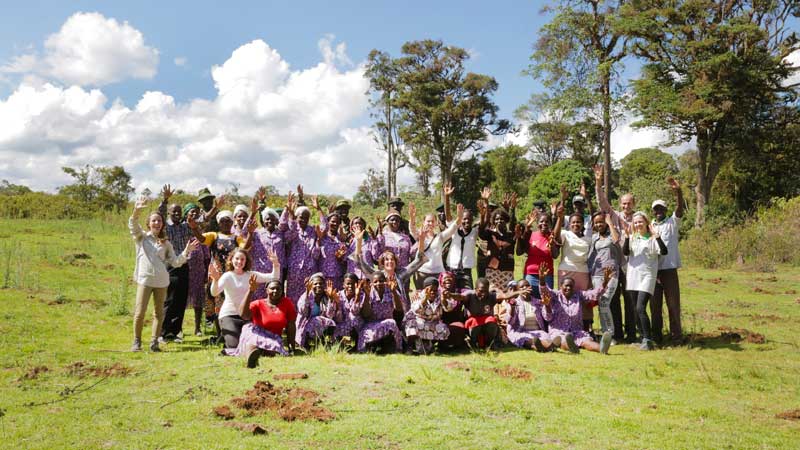
Why is it important to elevate the role of women in your projects?
Women make over 85% of consumer choices in this world, and consumption is driving the desecration of nature. In the poor nations of our world, patriarchy often places women in the role of the workers, which means that as climate change is worsening, it is the women who are hit the hardest. In some countries when farmers desert their failing lands to find work in cities, women and children are left to fend for themselves with dying crops. Poverty and malnourishment are the bedfellows of a raped environment.
Our world is suffering from a profound lack of feminine leadership, of compassion-lead, heart-lead, community-lead consciousness and the care needed to ensure that we live in ways that provide for future generations. That is not the focus of patriarchy. In many indigenous cultures, feminine consciousness is perceived to be the consciousness of nature. TreeSisters focuses on women because we believe that a different kind of leadership can arise through women when we understand and experience our feminine nature as arising from—and being directly connected to—the natural world. Power ‘through’ and power ‘with,’ not power ‘over.’
What is the shift from unconscious consumption to conscious restoration?
If we have been taught to consume unconsciously, then we can be taught to consume consciously, which we are starting to see with the shift toward organics, sustainable agriculture, and ethical products and services. Beyond that, there is the possibility of a world where we recognize that we cannot take from nature without giving back. We call that the beginning of the age of restoration where restoration is embedded into every product and service. There is a future within which ecological regeneration has become as normal for all of us as mindless consumption currently is. We are serving that future by both inviting everyone to make giving back to reforest our world literally part of the air that they breathe, and by inviting companies to embed trees into every product or service so that consumers start to turn their choices toward patterns of consumption that actively restore the natural world.
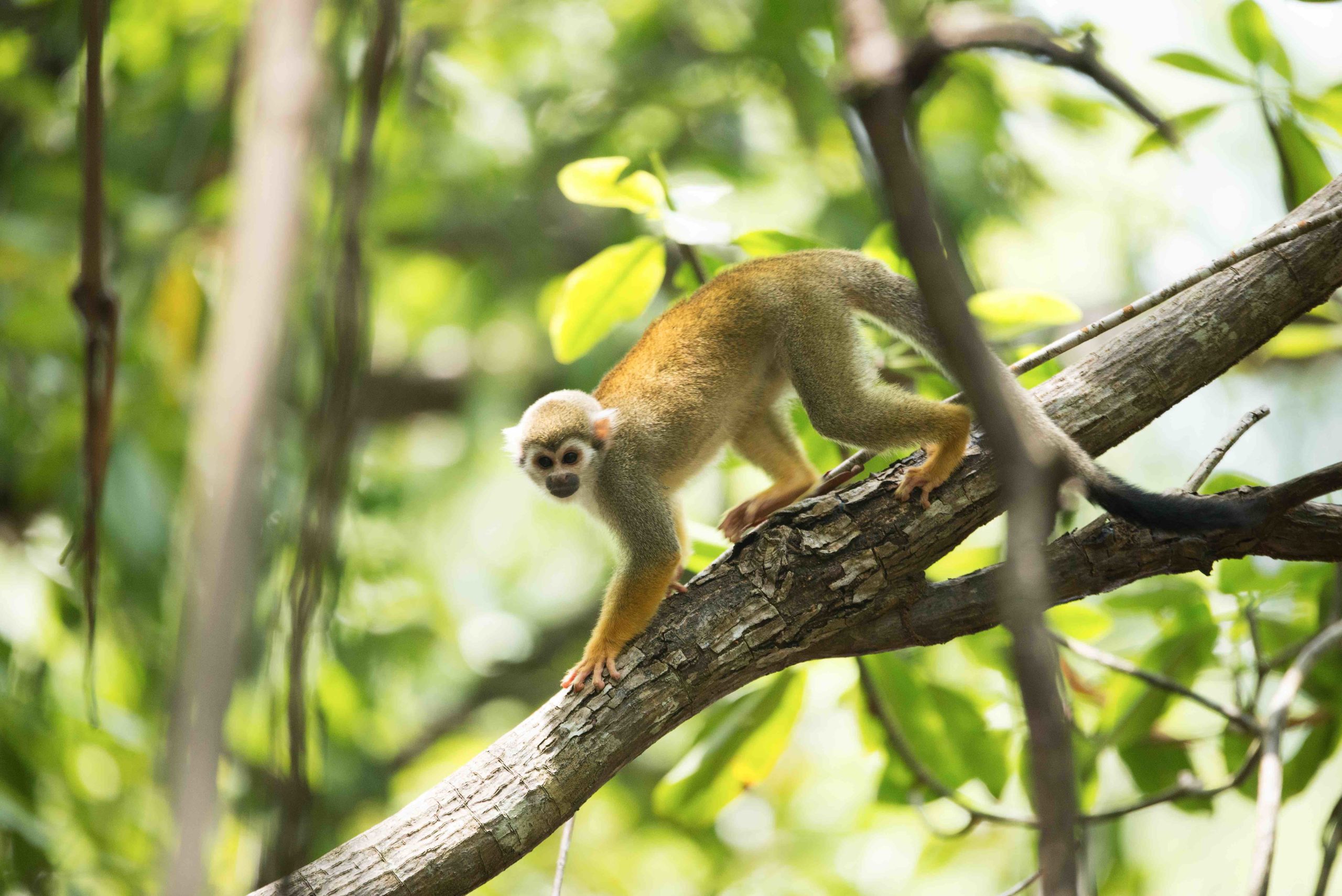
Photo by Vincent Van Zalinge
What does a regenerative or restorative life look like?
It looks like being prepared to wise up to the impact of every choice that you make, where there is a shift of behavior away from unconscious consumption to both conscious consumption and conscious restoration. It looks like committing to including in your life the restoration of an ecosystem or of multiple elements of nature that require conscious regeneration, and allocating time and resources toward that end. To me, there is also the integration of practices that consciously deepen and strengthen our personal ‘felt’ experience of relationship with the living world. This may start with simple acts conscious of gratitude and reciprocity, asking for permission before harvest, tending and giving back in whatever way brings us into healthy levels of respect and reverence for the natural world. It looks like actual intimacy with nature, rooted in conscious care and an acknowledgement that our planet is alive and waiting for us to wake up to Her.
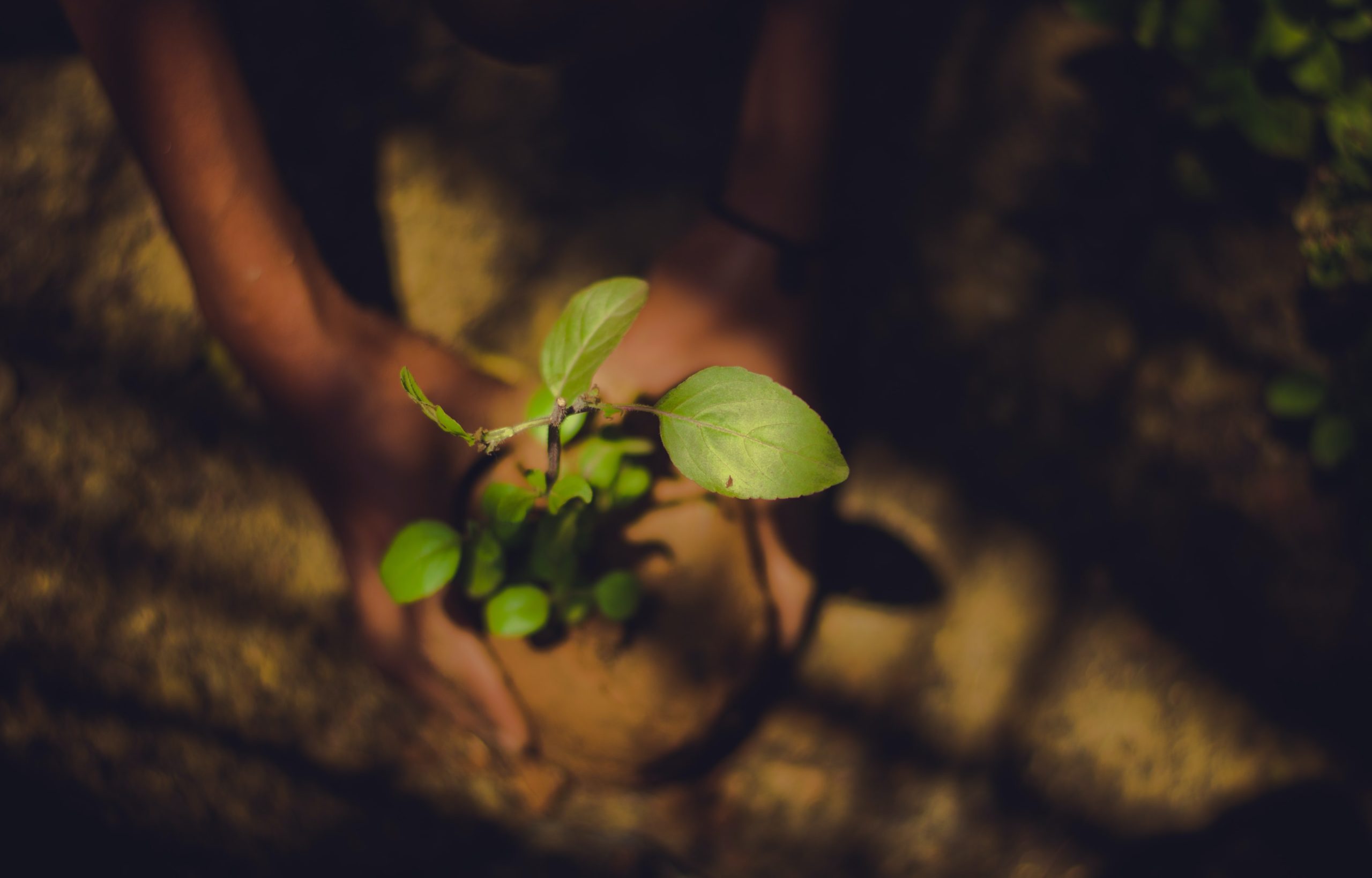
Photo by Kasturi Laxmi Mohit
How long does it take for a freshly planted forest to thrive?
This depends on the location and the species. Hardwoods are slow in any climate, but faster in tropical than temperate. Some tropical softwoods can grow to 6 feet the first year. Banana trees can bear fruit the same year that they are planted from seed. Mangroves can proliferate and create dense cover within two years. Some canopies can provide shade within three years of planting, including the practice called “singling,” where scrub bushes are cut back to a single stem that grows to form a canopy under which other species can then be planted. Growth is rain dependent and that is hugely variable within a world where weather patterns are no longer stable. The South Indian monsoons no longer come for instance. In West Papua it still rains almost everyday and they have a rainy season on top of that, so tree growth is fast. It’s probably safe to say that within five years of planting, most of our regenerated forest ecosystems would be functioning as viable forests in many, but not all locations.
What are three of the biggest changes consumers need to make to save our forests?
We lost a football pitch of primary rainforest every 6 seconds in 2019, and deforestation has further increased by 77% during Covid-19. Palm oil coming from Southeast Asia, and soy and beef from Latin America account for vast forest loss. Although I am not a vegetarian, and strive to eat as little meat as possible (my body cannot manage a meat-free diet), I know that changing to a plant-based diet would be the single greatest human act of preservation for our environment. You can feed up to nine times as many vegetarians on the same acres of land that you could feed one carnivore. Consider that we’re stripping rainforest to replace with cows which directly impacts rain creation on a warming planet. But raising a single cow utilizes enough water to displace a battleship. So if you need to eat meat, eat local and organic and if you can manage going vegan, even better.
Wise up to the ethical and sustainability practices of your favorite brands. Question them about forest-based products (including fashion textiles made from forest pulp), and clarify exactly what you are funding with your consumption. Steer your spending only to those companies taking care of people and planet. Recognize that you have the power to direct markets by educating yourself and advocating that everyone take responsibility to hold companies accountable for leading the level of change that could help secure a future for today’s children.

